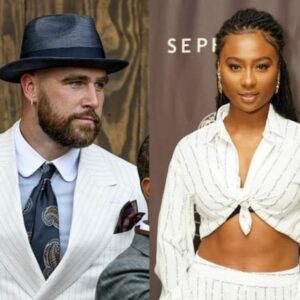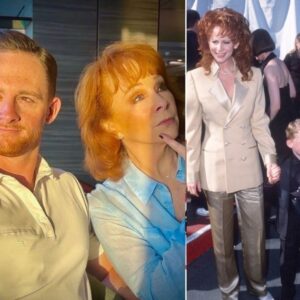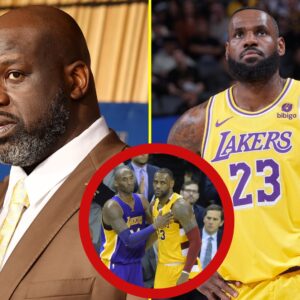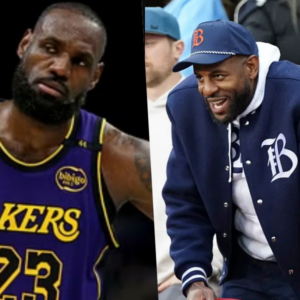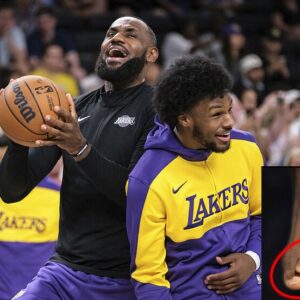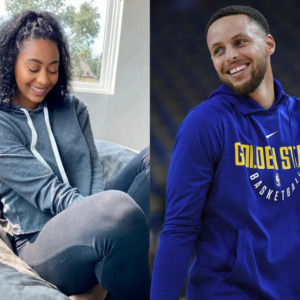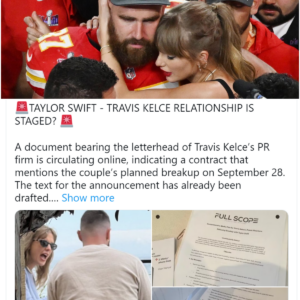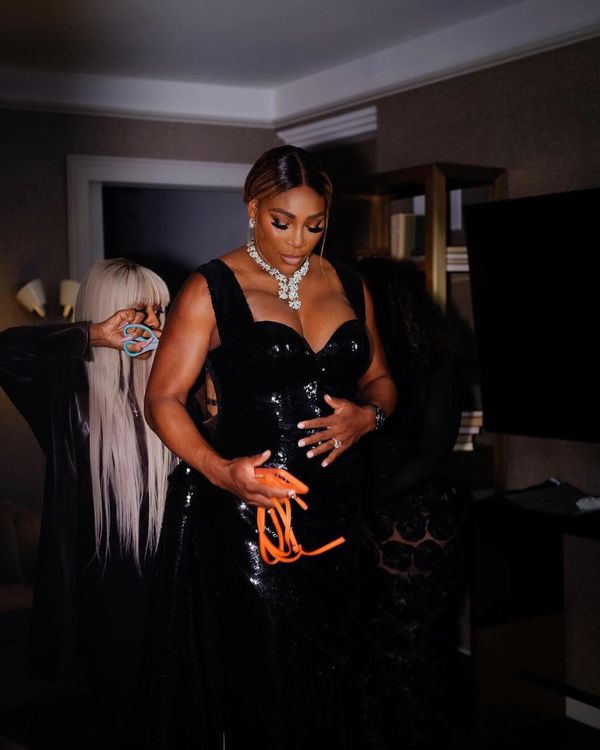
Photo: Courtesy of Kesha McLeod
“I don’t have a signature,” says Kesha McLeod, celebrity stylist, author, and brand consultant. McLeod began her career as a stylist in music, working with legendary celebrity-image agency B.Lynn Group CEO Brandi Simpkins. She has been styling athletes since 2006, when she also assisted pioneering men’s sports stylist Rachel Johnson in working with LeBron James. McLeod later set out on her own, and since then, if you’ve seen Serena Williams, well, anywhere, or if you’ve seen James Harden or P.J. Tucker or Swin Cash or countless other sports stars off the court, field, or ice, you’ve probably seen McLeod’s work. “I think the visibility is the silent signature,” she says, “particularly when working with athletes.”
McLeod played basketball as a kid, and she is excited to see female athletes take up more space in fashion. She also challenges designers and brands to think bigger, to feature them in campaigns, to dress them for red carpets, to see that their accolades speak for themselves just like the men’s do. Part of the way she hopes to do this is through styling. “I know that every day I just work harder, just like I did with my guys,” she says. “There were times when there were always nos, and I just work harder to make sure that those yeses are never nos again.”
For McLeod, styling is about storytelling and individuality. She wants to create a look that matches a client’s desires, and she wants them to be vocal about what they want. “Nobody likes a person that says ‘yes’ to everything,” McLeod quips. “Give me something so my mind can go: What inspires you? What are you looking at? What is the cool thing? What is it that gets you moving?” This is a point of view that’s led to not just the long-documented looks of those aforementioned clients, but features of her own in everything from Vanity Fair and Coveteur to Into the Gloss and Hypebeast, among many others. “I love to create a narrative and create a story line for my clients and what it looks like,” she says. “Just give me a start to your imagination and I can build it into a motion picture.”
What is your styling philosophy?
My philosophy doesn’t follow the norm in fashion. It’s about getting to know my clients and understanding them. Who they are on the field, on the ice, on the court is who they portray. However, their personalities are all different when they leave. I play into both of those scenarios to understand the person I’m working with. This enhances how I style them. A lot of what I do is based on communication. I want my clients to be vocal. Nobody likes a person who says ‘yes’ to everything. Let’s create an individual. We know so little about a lot of these athletes unless it’s from press conferences, so I get really creative and expressive. Often, they’re going outside of the box with what they do on the court — why not show that off the court?
What do you like to know about your client before you start your creative process?
Give me something so my mind can go: What inspires you? What are you looking at? What is the cool thing? What is it that gets you moving? I remember working with a client, a football player, who didn’t know where to start. Then he’s like, “You know what I like? I like Game of Thrones.” I’m like, what in the fantasy? But that’s all I need. Think John Varvatos, Lenny Kravitz, Jason Momoa. Go that direction, pull those things out. That’s leather vests, brown suede, playing with textures. That might be somebody who isn’t afraid to wear a V-neck or isn’t afraid to wear a good boot. Just give me a start, and I can build it into a motion picture.
How is styling a female athlete different from styling another kind of celebrity?
With women athletes, designers and different brands are still trying to catch on and catch up — just like they are with women everywhere. I’m doing the same exact thing I’ve done for men in the past, using my name and my accolades with a brand I’ve worked with before. It should be easy, but it’s still push and grab, still emailing novels to say why this person is great when their accomplishments should speak for themselves. Every day I just work harder to make sure those yeses are never nos again. A female athlete in deodorant ads should be obvious, as should beauty and sports ads. Now, it’s like, “WNBA and Glossier, we’ve never seen this before.” Wow, women want to be beautiful, groundbreaking. It should have always made sense.
How did Serena’s CFDA look come together?
With the CFDA, you have to work with an American designer, especially with her getting the Icon Award, which was so monumental. It was about finding who would give me the moment of having a moment. I know Thom Browne works with people in sports, but I didn’t know him to work with women very often. Of course, Thom is on the CFDA board. Getting his approval and him saying yes and creating something for her, it was an amazing experience. This is her first red carpet post-baby, so what is she going to look like, and what’s going to accentuate her curves? I wanted to make sure she was snatched. The technical part about what I do is making sure my client is as comfortable as possible as well as being high glam: cinching in the waist, having a built-in corset, filling out the cup, bigger straps rather than skinny straps. Thom Browne came with tons of different designs and we landed on a construction I’d never seen. I think the pouf-y stole adds to the look. I think it’s so amazing. I love it.
News
Tennis player Ons Jabeur tearfully bids farewell to the tennis world as she announces her first pregnancy with husband Karim Kamoun and confirms her retirement
Ons Jabeur Announces Retirement from Tennis Following Pregnancy News In a heartfelt announcement that sent ripples through the tennis world, Ons Jabeur, the celebrated Tunisian…
Jelena Djokovic raised the alarm: “A lot of people want my marriage to be destroyed and broken with my husband Novak. If you’re one of my genuine fans and you want my marriage to survive and stable, let me see that affectionate YES from you.”
He has become arguably the greatest tennis player of all time and he has a chance to win a 24th major at the ongoing US Open. Many…
Justin Timberlake Passed On His NSYNC Curls to His and Jessica Biel’s Youngest Son
“He’s gonna be me.” -Justin Timberlake, probably. PHOTO: JESSICA BIEL/INSTAGRAM It’s only fitting that on the first day of May, there is Justin Timberlake news to report (cue…
Travis Kelce was spotted by fans wearing an alleged TWIN outfit with ex-girlfriend Kayla Nicole while attending the Kentucky Derby Haf
Travis Kelce was spotted by fans wearing an alleged TWIN outfit with ex-girlfriend Kayla Nicole while attending the Kentucky Derby.. Travis Kelce has officially arrived at the 2024 Kentucky…
Reba McEntire Holds Hands with Her 6-Year-Old Mini-Me Son as Her 1996 ACMs Date Haf
McEntire and her then-little one, Shelby, proudly took on the red carpet together. Reba McEntire has had a mini-me since the ’90s! When the “Fancy” singer attended the Academy…
Historic Millington general store Justin Timberlake made famous is for sale
Millington, Tenn. –A nearly century-old general store that megastar and Millington native Justin Timberlake put on the map is on the market. The Shelby Forest General Store, located less than…
End of content
No more pages to load



